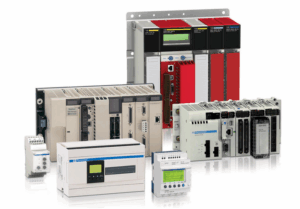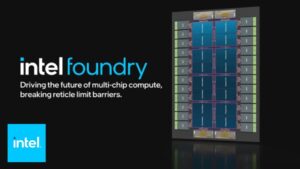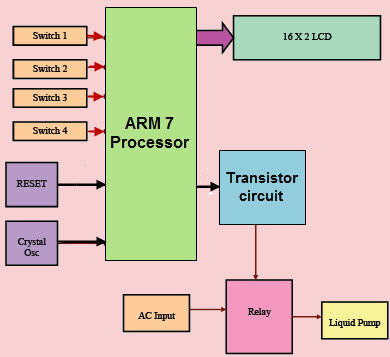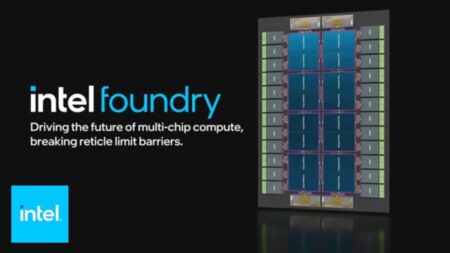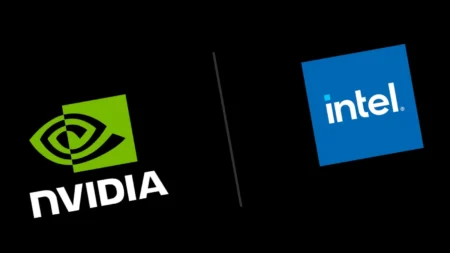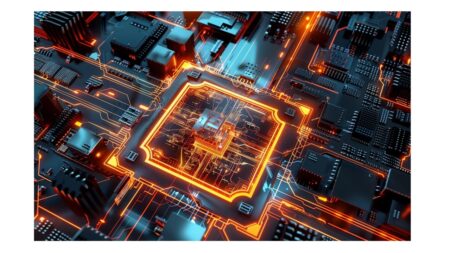In the computing landscape, ARM processors have been making significant inroads, challenging the dominance of traditional x86 architecture. What started as a niche technology powering mobile devices has now evolved into a versatile platform reshaping personal computing, servers, and even high-performance computing.
What Makes ARM Special?
ARM processors are based on a Reduced Instruction Set Computing (RISC) architecture, prioritizing energy efficiency and performance-per-watt over raw computing power. This approach has made them the go-to choice for battery-powered devices like smartphones and tablets. However, recent advancements have expanded their appeal to broader markets.
Key Features of ARM Processors:
1. Energy Efficiency: ARM CPUs are designed to consume less power, making them ideal for portable and embedded systems.
2. Scalability: ARM designs cater to a wide range of performance needs, from simple IoT devices to data center servers.
3. Customizability: ARM licenses its architecture to manufacturers, allowing companies like Apple, Qualcomm, and NVIDIA to create custom chips tailored to specific applications.
The ARM Revolution in PCs
Apple’s M1 and M2 chips exemplify the potential of ARM in personal computing. By transitioning from Intel x86 processors to ARM-based silicon, Apple has achieved remarkable gains in performance and battery life for its Mac lineup. The M1 MacBook Air, for example, offers a fanless design with exceptional speed and efficiency—a testament to ARM’s capabilities.
ARM in the Data Center
Cloud providers like Amazon (with its Graviton processors) and Microsoft are adopting ARM for server workloads. The benefits include:
• Lower energy costs for cooling and operation.
• Improved performance for workloads optimized for multi-core processing.
Challenges Ahead
Despite its strengths, ARM faces challenges in the computing world:
• Software Compatibility: Many applications are optimized for x86 architecture, requiring emulation or re-engineering for ARM.
• Market Inertia: The x86 ecosystem has decades of momentum, making it hard for ARM to gain a foothold in certain segments.
• Competition: AMD and Intel are innovating rapidly to maintain their dominance.
The growing adoption of ARM processors signifies a major shift in computing paradigms. Whether it’s powering your smartphone, laptop, or cloud service, ARM’s flexibility and efficiency are hard to ignore. As the technology matures, it may redefine the standards for computing across industries.
The ARM revolution is just beginning—are you ready to embrace it?



